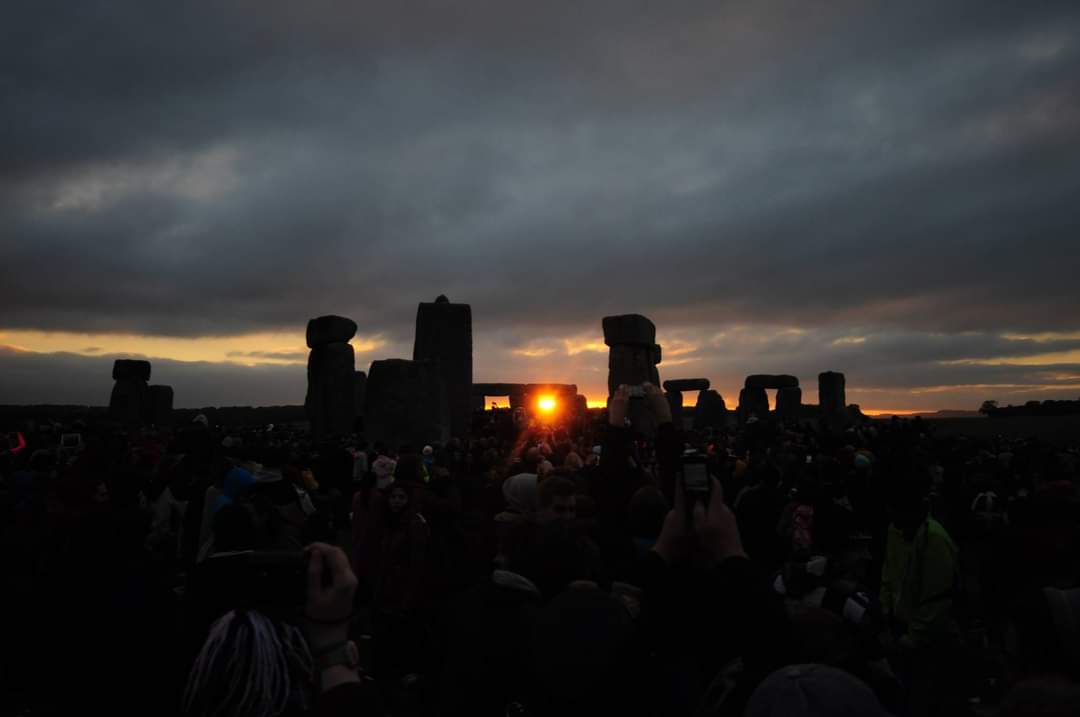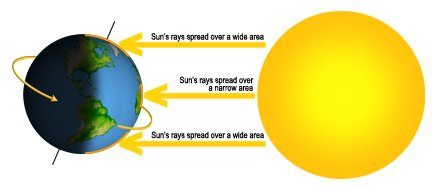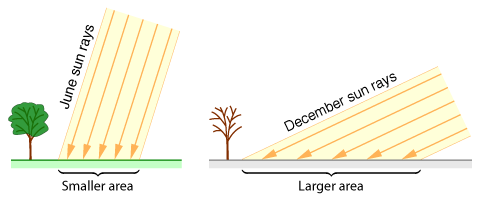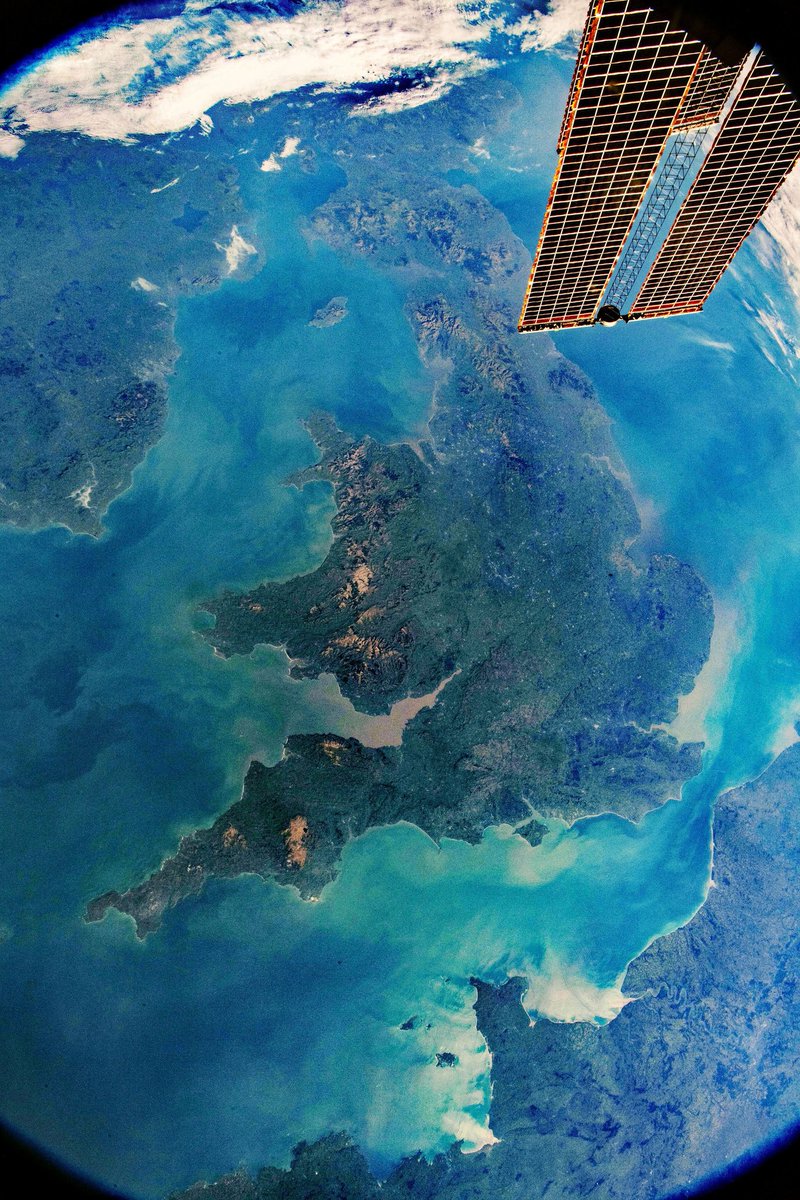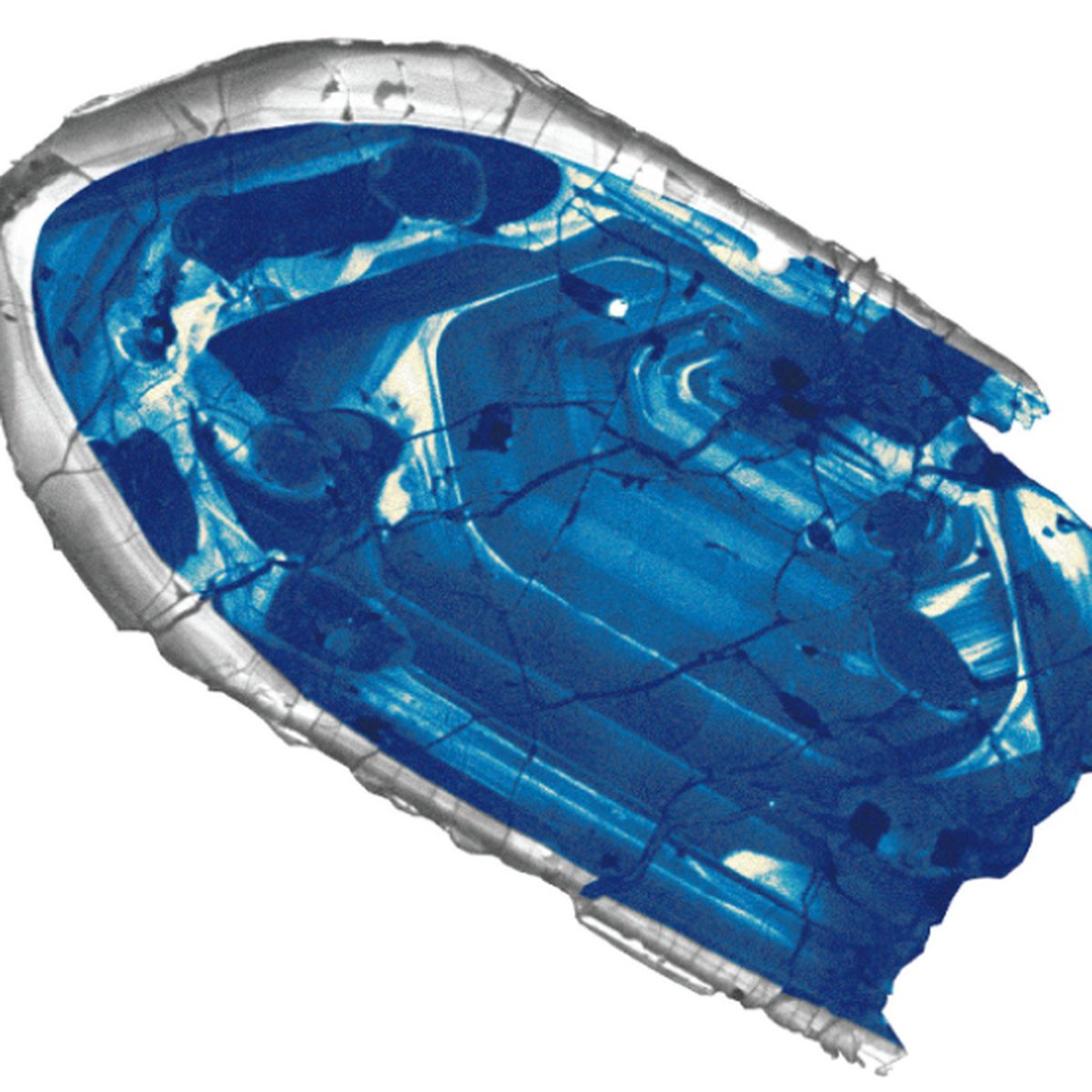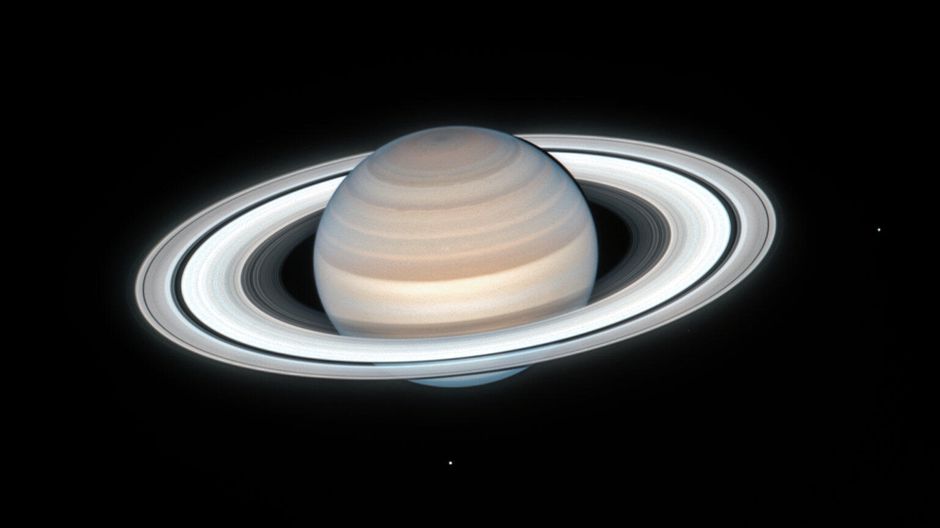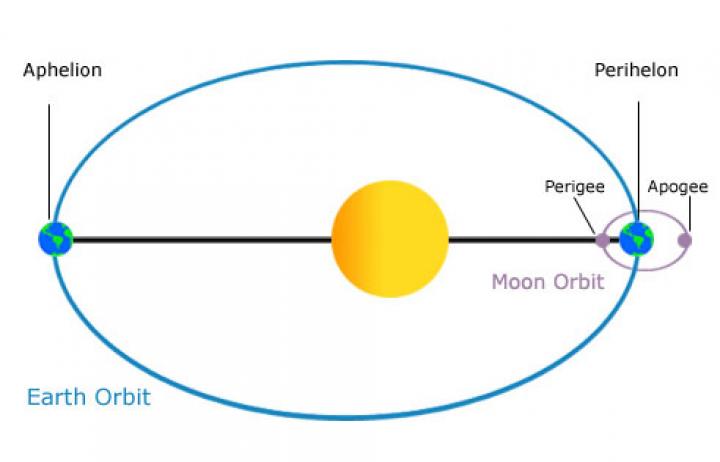Happy Winter Solstice people. 10.02 am marks the darkest point in the year. The point where the nights are longest and the days are shortest. Tonight as the Sun sets through the stones of stonehenge the new astronomical year will begin.
The old celebration of this day is called Yule, and is the origin of much of our merriment at this time of year. The wreath on the door, the yule log, yuletide and Father Christmas - all a nod to our pagan history. But what is actually significant about the day?
It is the point in the year when the sun is lowest in the sky. This occurs because the Earth is tipped at 23.5⁰ to the plane of the solar system. Which means in summer we get a high Sun, long days and nice weather and in winter a low sun, short days and British weather.
But why is it colder? The light hitting at an oblique angle is spread over a larger area. This means that the energy is essentially "diluted" over a large area and less energy arrives in any one place compared to summer.
But why does it keep getting colder into January? Because the land and the oceans have a huge store of thermal energy left over from the summer, which slowly transfers as heat to the air in the early winter. The longer winter goes on, the colder the oceans get.
But why is the Earth tilted? Because when the solar system was very young another planet, named Thea, crashed into the early Earth tipping it over slightly. The original crust of the Earth was thrown into space creating the Moon.
The only piece of the Earth found from before the formation of the moon is this tiny 4.4 billion year old Zircon crystal found in Australia. All of the rest of it had been reprocessed by the rock cycle.
Many of the moons in the Solar System have craters all over them from a time when the whole Solar System swarmed with planets and rocks and debris. Callisto, a moon of Jupiter, is marked from that time.
Some were captured by other planets. Did you know that the 4 largest moons of Jupiter are the size of planets and were once planets in their own right?
But most fell into the sun. A thick disc of gas and dust made orbiting the young Sun hard work. Friction occurred, slowly transferring the planet's kinetic energy into heat and winding their orbits closer and closer to the Sun. Earth was sliding towards its doom but then...
The sun switched on! Well, nuclear fusion began in its core, producing light and blowing away the dust. The planets now in a vacuum would orbit forever at their fixed distances.
But those orbits were not perfect. Earth's orbit brought the planet closer to the Sun at one point and further from the Sun at the other. And this leads to the most enduring misconception in KS2 science. That the seasons are caused by this.
We are slightly closer to the Sun in the northern hemisphere winter - therefore our bad weather is not the result of how close we are to the sun. But the low angle of the Sun and the long hours of darkness.
But from today, the Sun starts to creep higher bringing with it more light and the promise and certainty of spring and better days ahead.
If you celebrate Yule, have a great one. If not have a great one anyway. 


 Read on Twitter
Read on Twitter